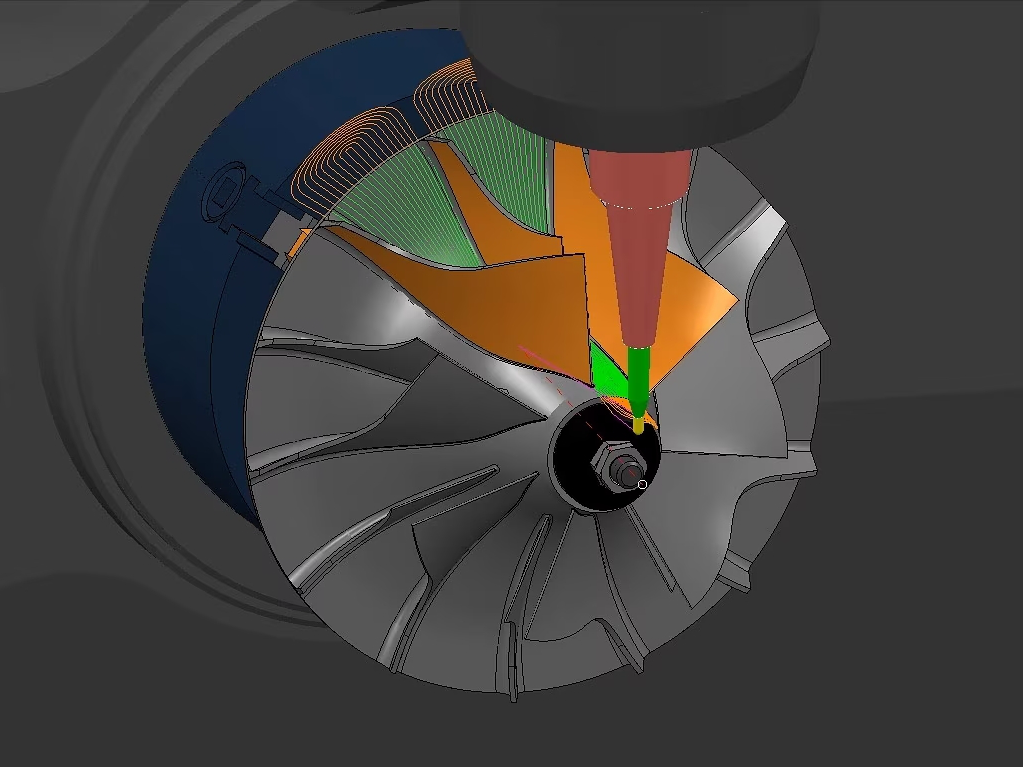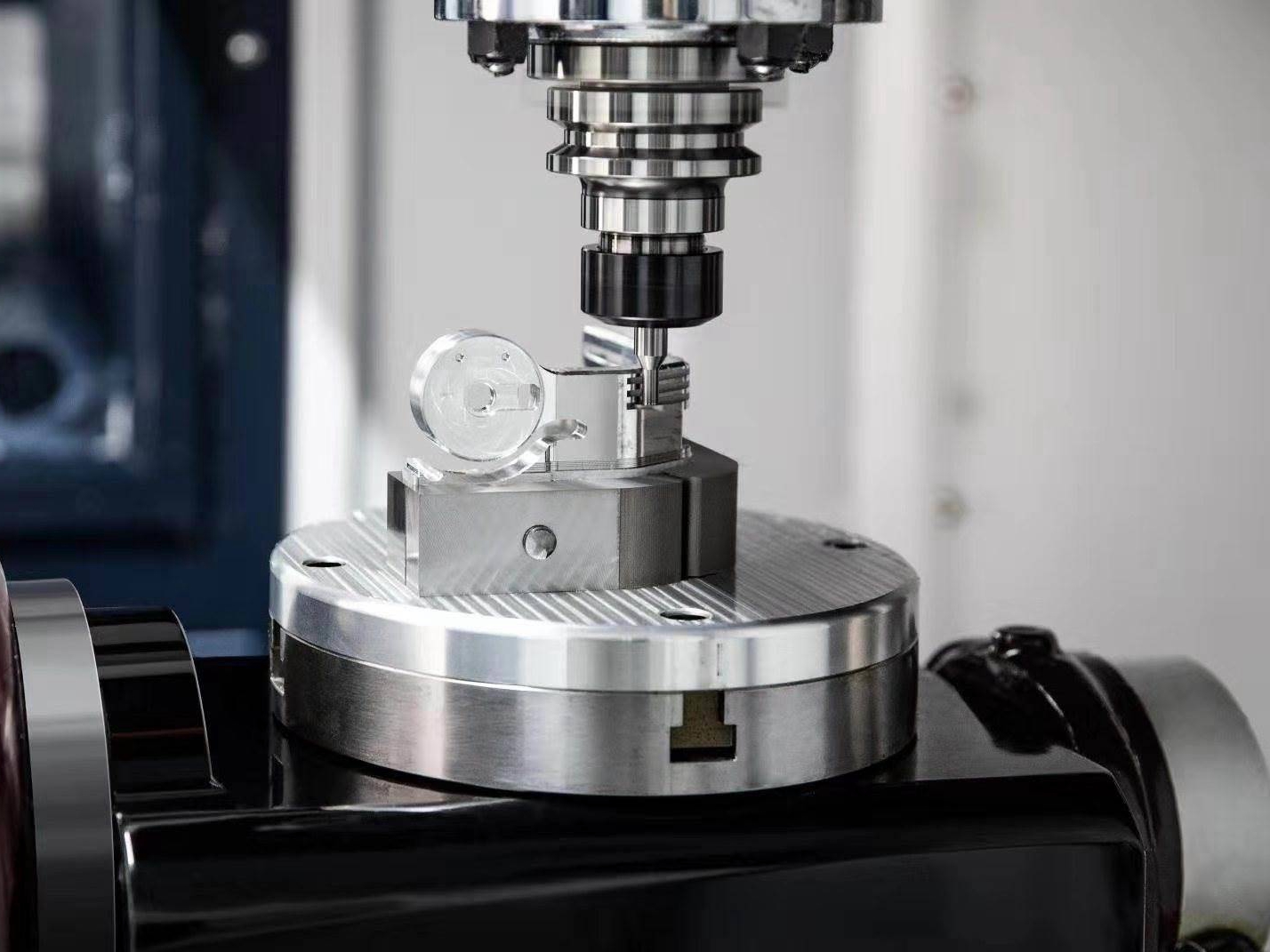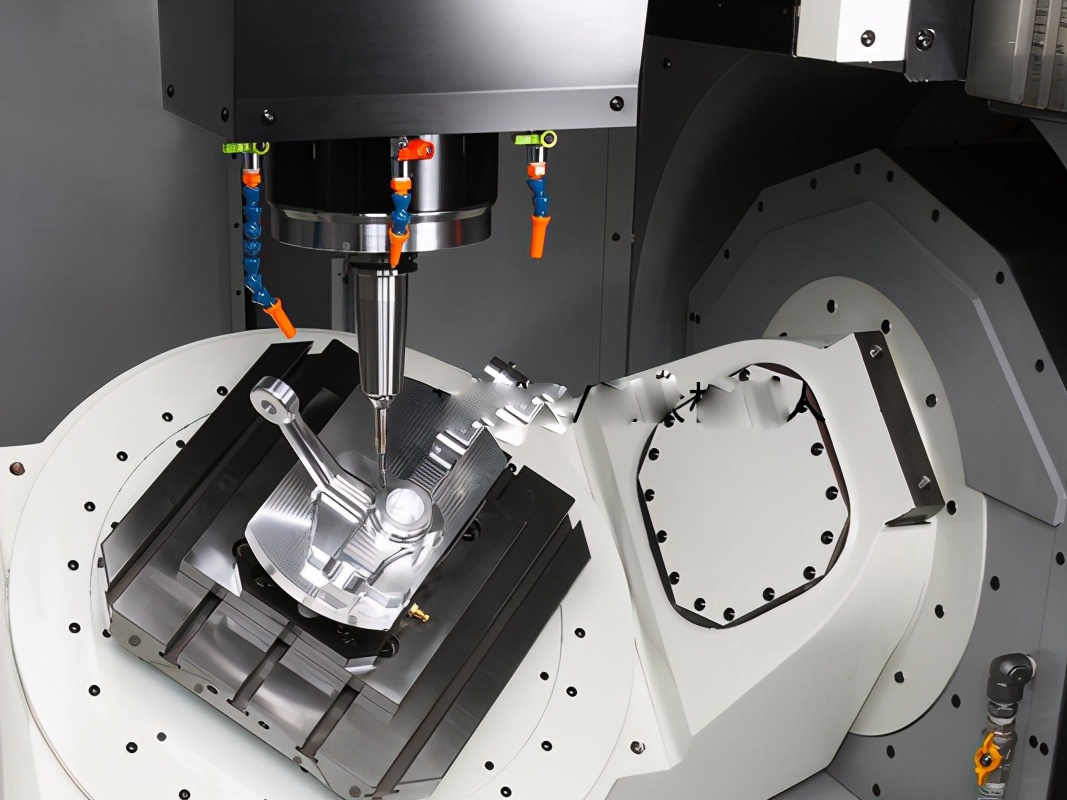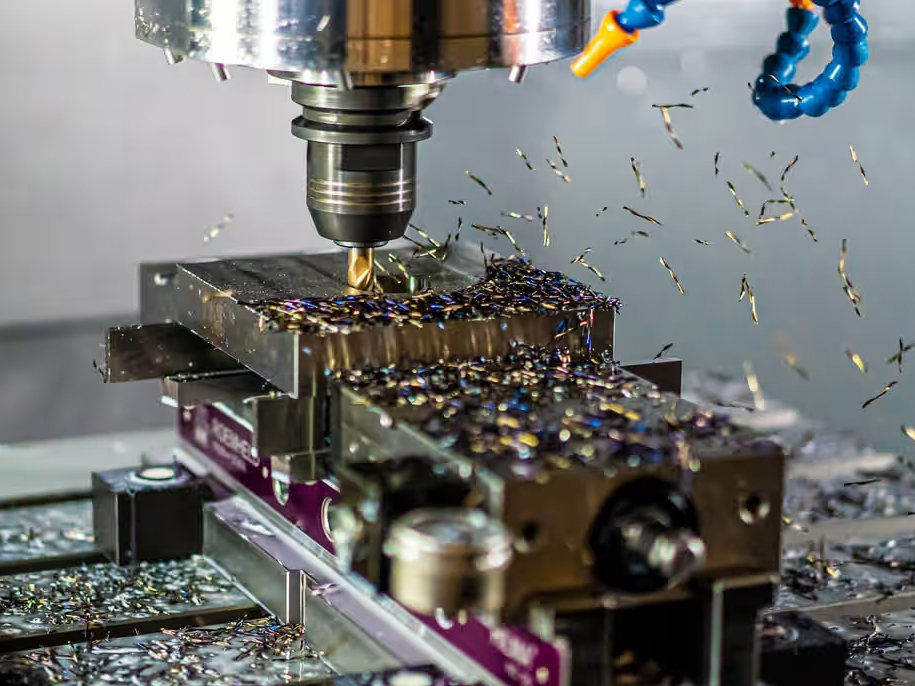Multi Axis CNC Milling: Expanding Capabilities for Complex Designs
Introduction
In today's advanced manufacturing environment, precision, efficiency, and complexity in component design are paramount. CNC milling has become the cornerstone of modern manufacturing, enabling industries to craft highly intricate and precise components. Among various CNC machining technologies, multi-axis CNC milling distinguishes itself as especially transformative, significantly extending manufacturers' capabilities to fulfill the escalating demands of multiple industries. This article delves into how multi-axis CNC milling elevates capabilities for sophisticated designs.
What is Multi-Axis CNC Milling?
Multi-axis CNC milling encompasses machining operations that involve tool movement across multiple axes simultaneously, generally exceeding the traditional three axes (X, Y, Z). While standard 3-axis CNC milling moves along the X, Y, and Z axes, advanced multi-axis mills introduce rotational axes, dramatically enhancing machining versatility.
3-Axis Milling: The cutting tool navigates along X, Y, and Z axes, optimal for simpler components.
4-Axis Milling: Integrates a rotary axis, commonly the A-axis around X, facilitating rotation and enabling more complex shapes.
5-Axis Milling: Combines two rotational axes (typically A and B axes), allowing simultaneous multi-angle cutting, which is crucial for highly detailed parts.
Key Advantages of Multi-Axis CNC Milling
Enhanced Precision and Accuracy
Multi-axis milling allows tools to engage the component from multiple angles without repositioning, minimizing errors and enhancing precision. Industries requiring exacting precision, such as aerospace and medical device manufacturing, especially benefit from this enhanced accuracy.
Reduced Machining Time
Operators utilizing multi-axis CNC milling can produce intricate parts in fewer setups, substantially cutting machining time. This approach eliminates manual repositioning, boosting productivity, cutting costs, and shortening production lead times, which is particularly critical in fast-paced sectors like automotive and electronics.
Capability to Produce Complex Geometries
Multi-axis milling unlocks machining capabilities unattainable with traditional methods, easily producing intricate curves, internal cavities, and complex profiles. These capabilities significantly empower product designers and engineers, broadening innovation possibilities.
Improved Surface Finishes
The continuous angular adjustment of the cutting tool in multi-axis milling generates smoother finishes on complex surfaces, reducing post-processing and enhancing part aesthetics and functionality. Surface treatments like electropolishing further amplify these benefits.
CNC Milling Materials
Multi-axis CNC milling effectively handles diverse materials, including lightweight metals and sophisticated superalloys like Inconel 718, 625, 713, as well as titanium alloys such as Ti-6Al-4V. It also efficiently manages stainless steels like SUS304 and SUS316 and advanced plastics, including PEEK and Delrin. These materials, typically challenging to machine due to their strength and resistance to heat, become manageable through multi-axis technology.
Industries Benefiting from Multi-Axis CNC Milling
Aerospace & Aviation
The aerospace sector extensively relies on multi-axis milling to manufacture turbine blades, structural components, and engine parts precisely. Machining complex materials like titanium alloys is essential for achieving lightweight yet strong aerospace components.
Automotive Industry
Automotive applications frequently require precise and structurally sound components such as engine parts, gearbox casings, and suspension systems. Multi-axis milling ensures these parts meet stringent specifications efficiently and cost-effectively.
Medical and Dental
Medical and dental components like implants and prosthetics demand exceptional precision. Multi-axis CNC machining ensures biocompatibility and precise customization, critical for successful patient outcomes.
Electronics
Precision electronic housings and micro-components benefit significantly from multi-axis milling, as the technology delivers highly accurate and consistent manufacturing results, critical for advanced electronic devices.
Energy & Defense
High-performance components used in energy and defense industries often operate in extreme conditions. Multi-axis CNC milling ensures these components are reliably manufactured to exact specifications, maintaining performance integrity.
Choosing the Right Multi-Axis CNC Machining Partner
When selecting a CNC machining partner, critical considerations include the company's proven experience in handling complex designs, availability of advanced multi-axis machinery, certifications such as ISO or AS9100 for quality assurance, efficient turnaround capabilities, and robust technical support throughout the machining process.
Conclusion
Multi-axis CNC milling substantially enhances manufacturing capabilities, efficiently producing complex, precise components across diverse industries. By embracing multi-axis technology, manufacturers can revolutionize their production processes, securing a competitive advantage and fostering sustained growth.
FAQs
What are the main advantages of Multi Axis CNC Milling?
How does Multi Axis CNC Milling differ from traditional CNC milling?
What industries benefit most from Multi Axis CNC Milling?
What materials can be machined using Multi Axis CNC Milling?
How do I select the right Multi Axis CNC machining provider?




